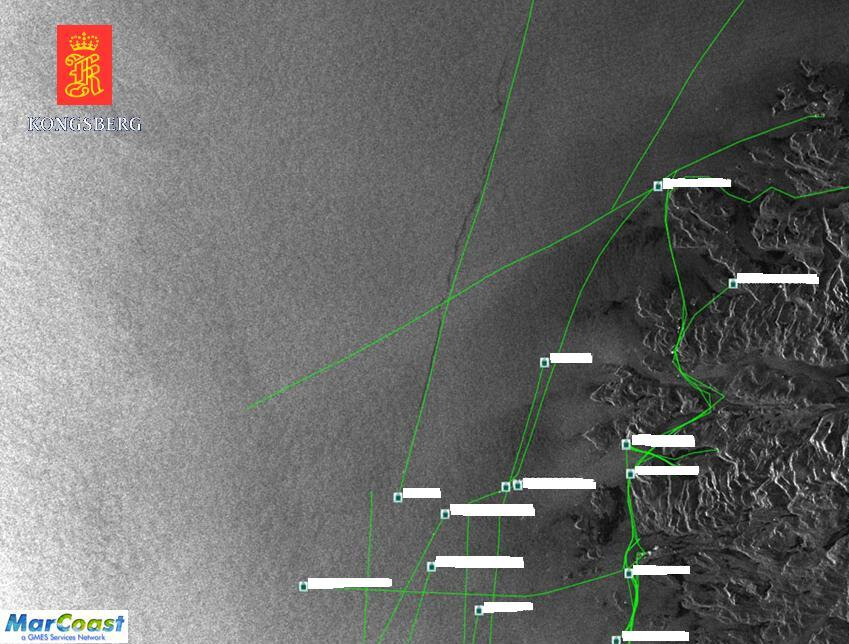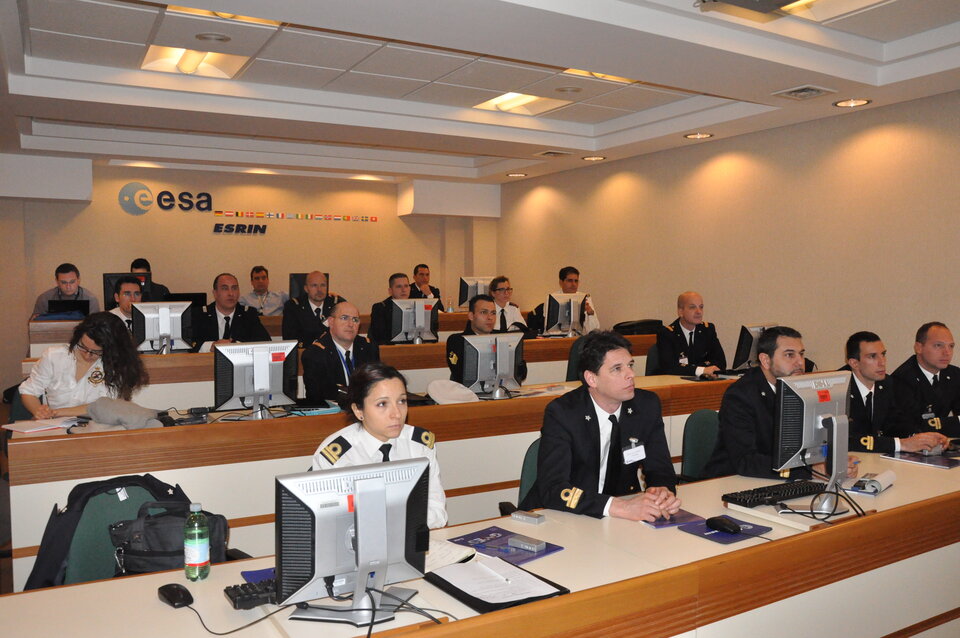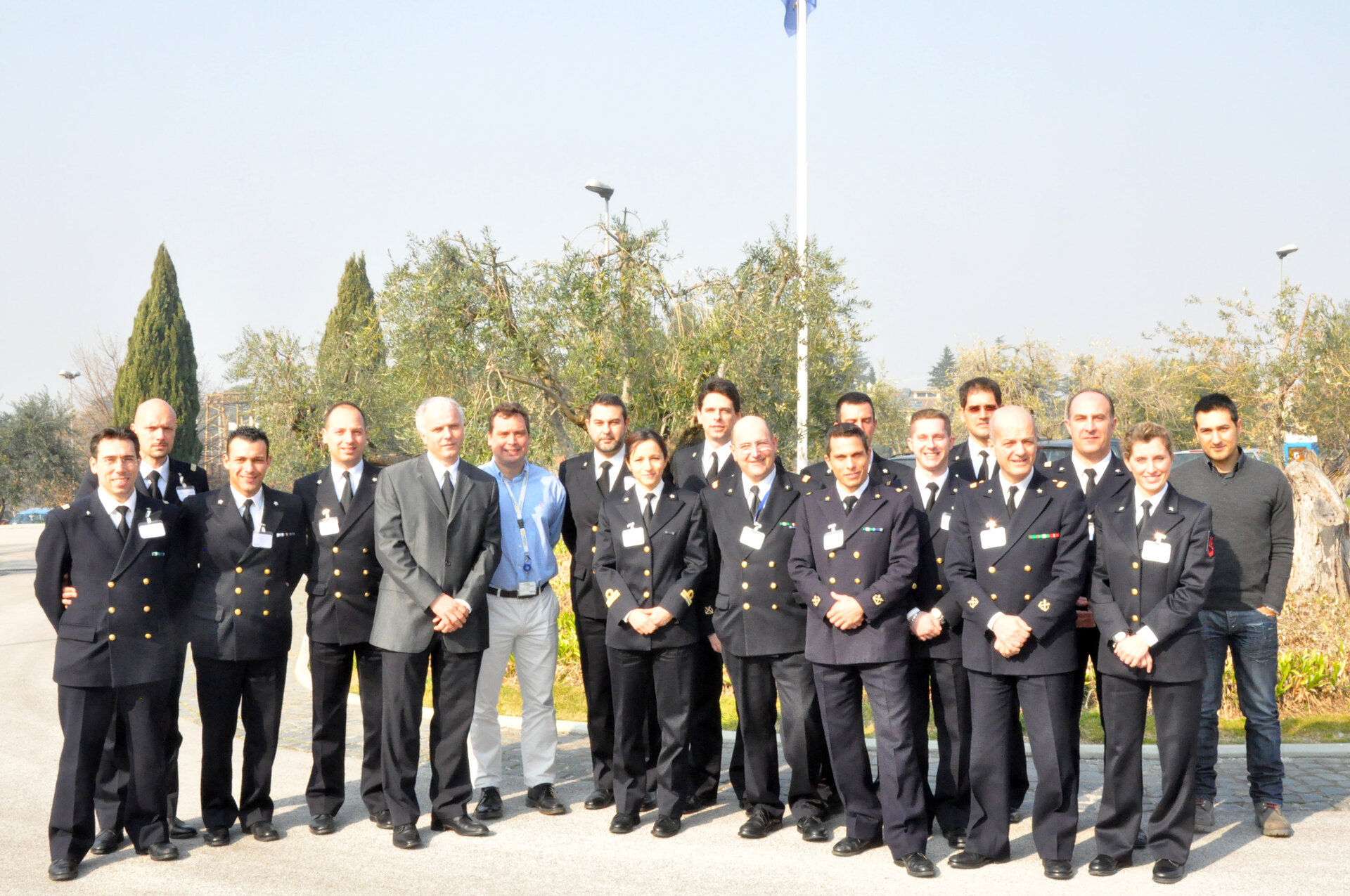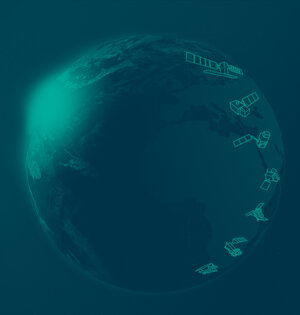Coast guards prepare for greater surveillance from space
Members of the Italian Coast Guard have gathered at ESA to attend an advanced training workshop on the latest space technologies for maritime monitoring and surveillance and to identify future opportunities for collaboration.
ESA and the Italian Coast Guard have been collaborating for nearly 20 years on satellite-based services for vessel and oil pollution surveillance in the Mediterranean Sea as well as international waters.
Italian Coast Guard Comandante Sirio Fae said: "This course has been highly interesting for me and my colleagues. It is extremely important for our staff to not only have technical and scientific capabilities but also to understand the wider context of the different systems that they will start using on an operational basis."

The training course provided the coast guards with an improved understanding of the technical aspects behind operational systems that make wider use of satellite data, such as the European Maritime Safety Agency’s CleanSeaNet service. New developments that are currently undergoing verification were also presented.
The marine environment is a vital resource for life on Earth. The ultimate aim is to keep our oceans and seas biologically diverse and dynamic, and also safe, clean, healthy and productive.
Satellites provide routine support for operational monitoring of the marine environment. For instance, they offer wide area coverage and can detect oil slicks and illegal discharges of oil on the sea surface both in daylight and darkness, and through clouds.
They also monitor water quality parameters, including chlorophyll concentration, transparency and algal blooms.

The training course, held on 10 February at ESA’s Earth observation centre (ESRIN) in Frascati, Italy, also served as a platform to agree further collaborative projects to be initiated over the next year.
"This is a two-way learning experience: the coastguard needs to know about the capabilities and limitations of satellite observations, and the space community needs to understand in more detail how the coastguard actually operates," said Maurice Borgeaud, Head of the ESA Earth Observation Science, Applications and Future Technologies Department.
"This common understanding helps us to provide the kind of satellite data, products and services that the coastguard actually needs. We will not only take it into account in the operation of our current in-orbit satellites, ERS and Envisat, but also in the design of future satellites systems like the GMES Sentinels."







